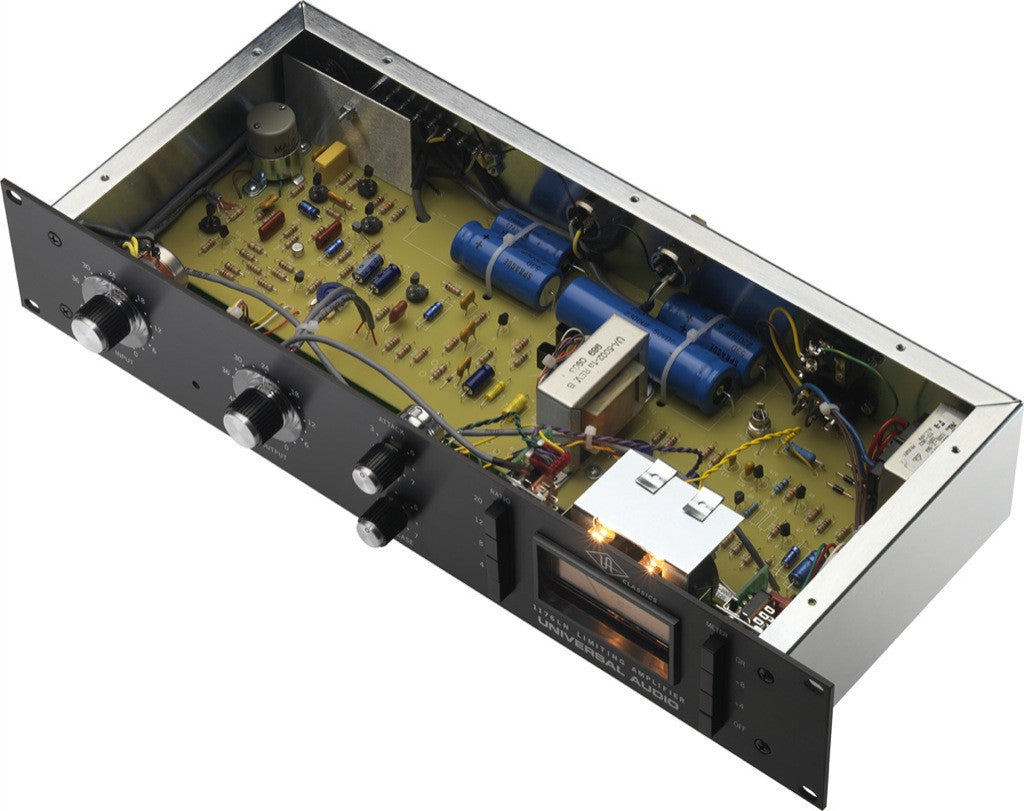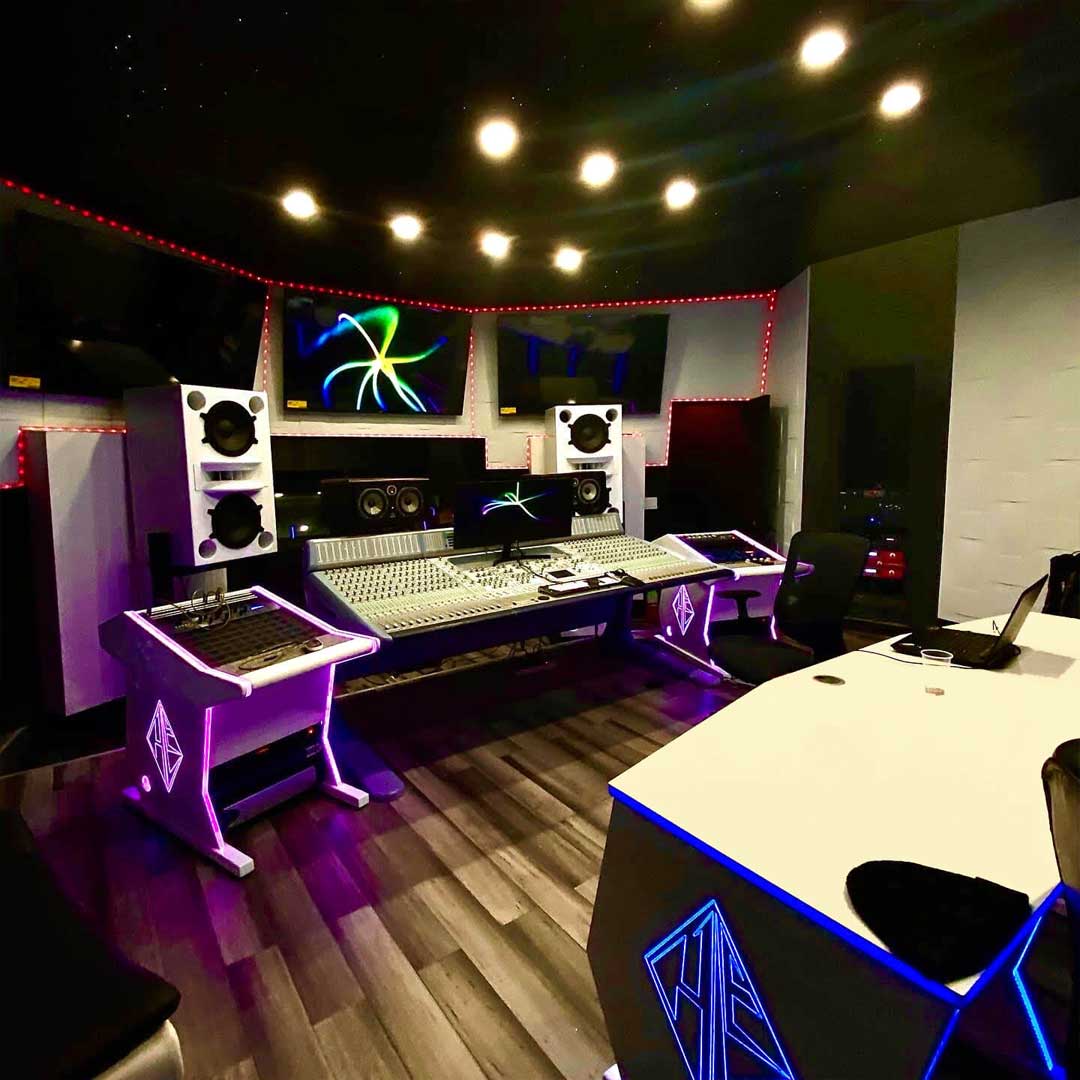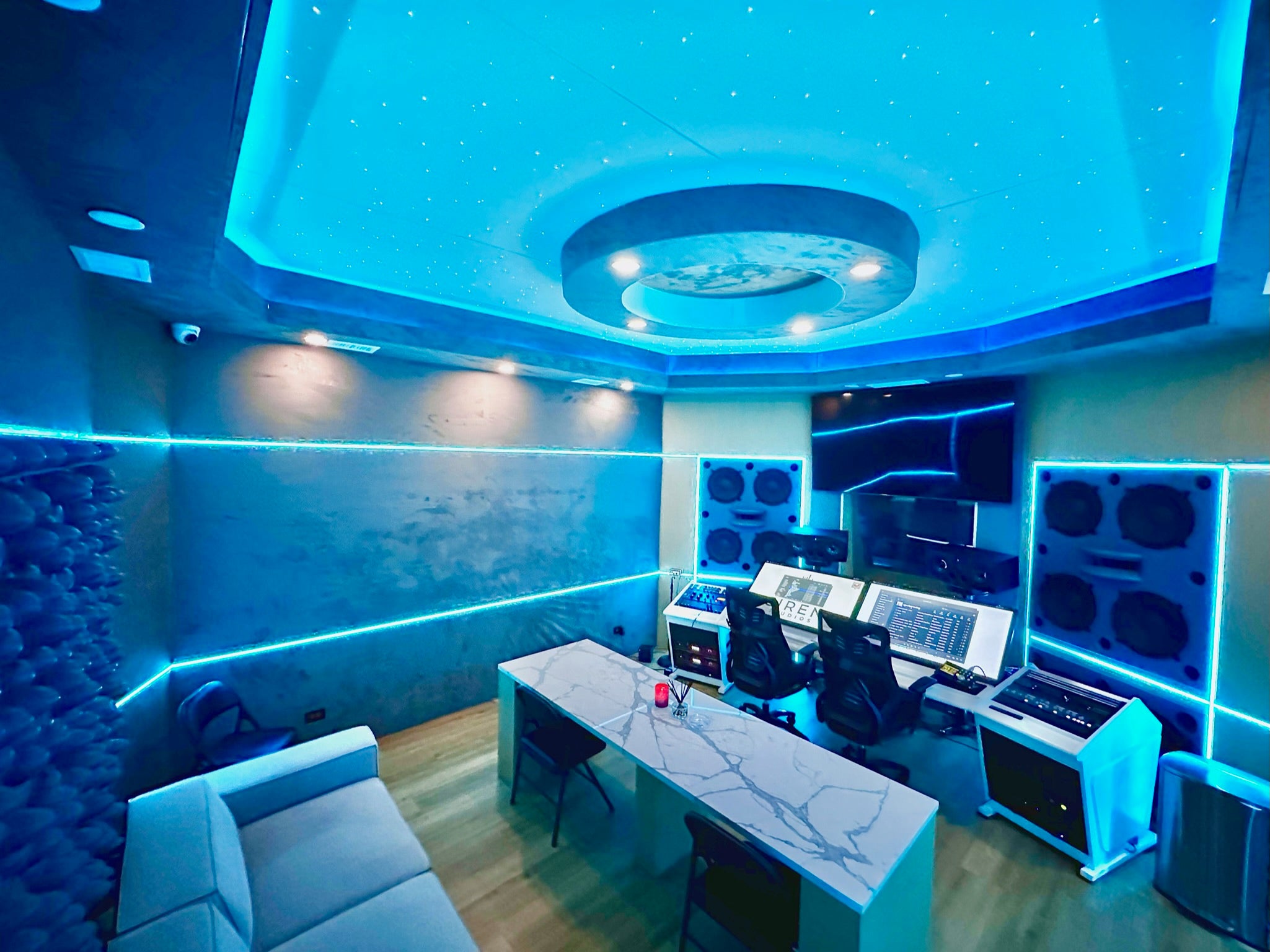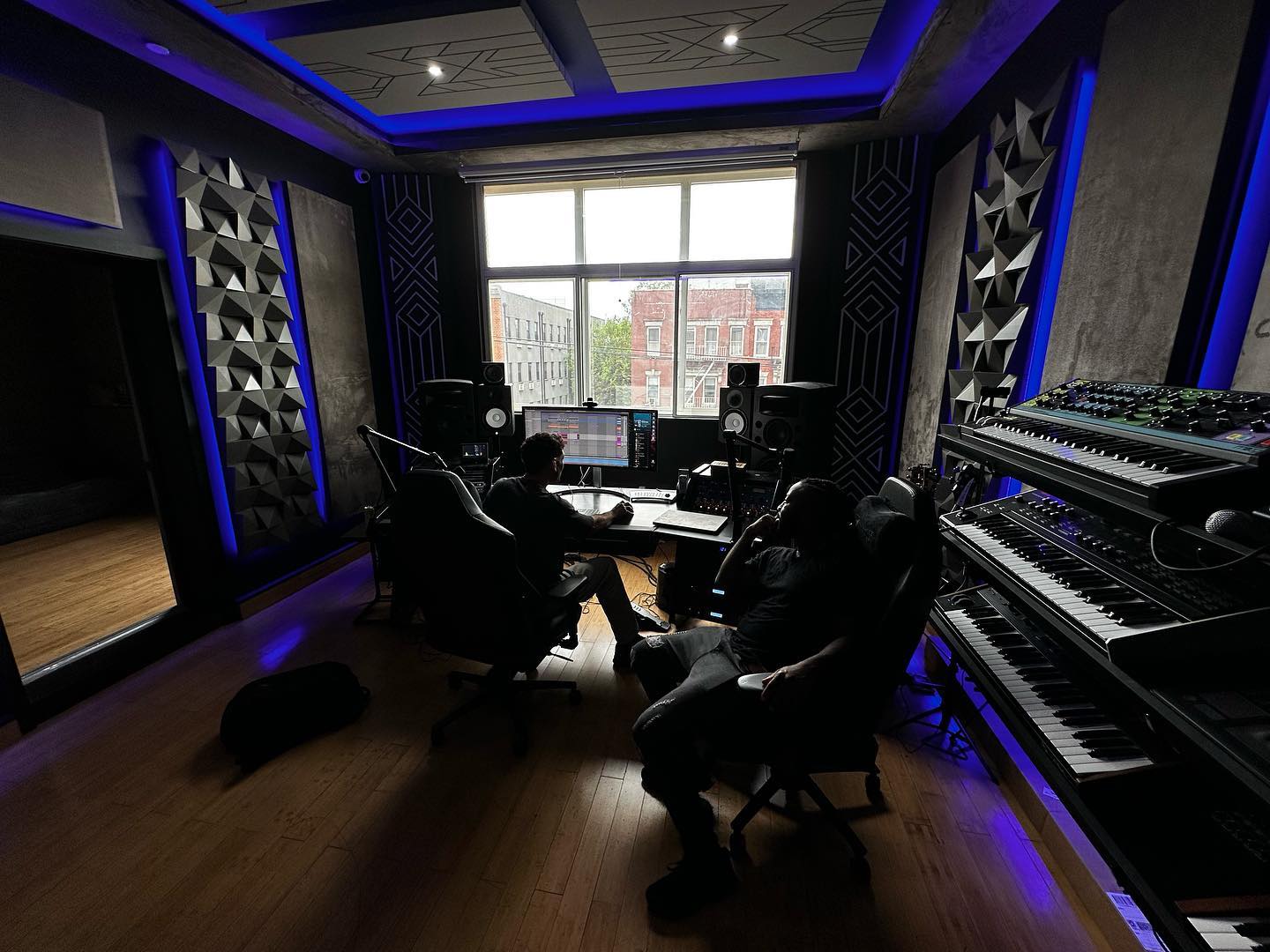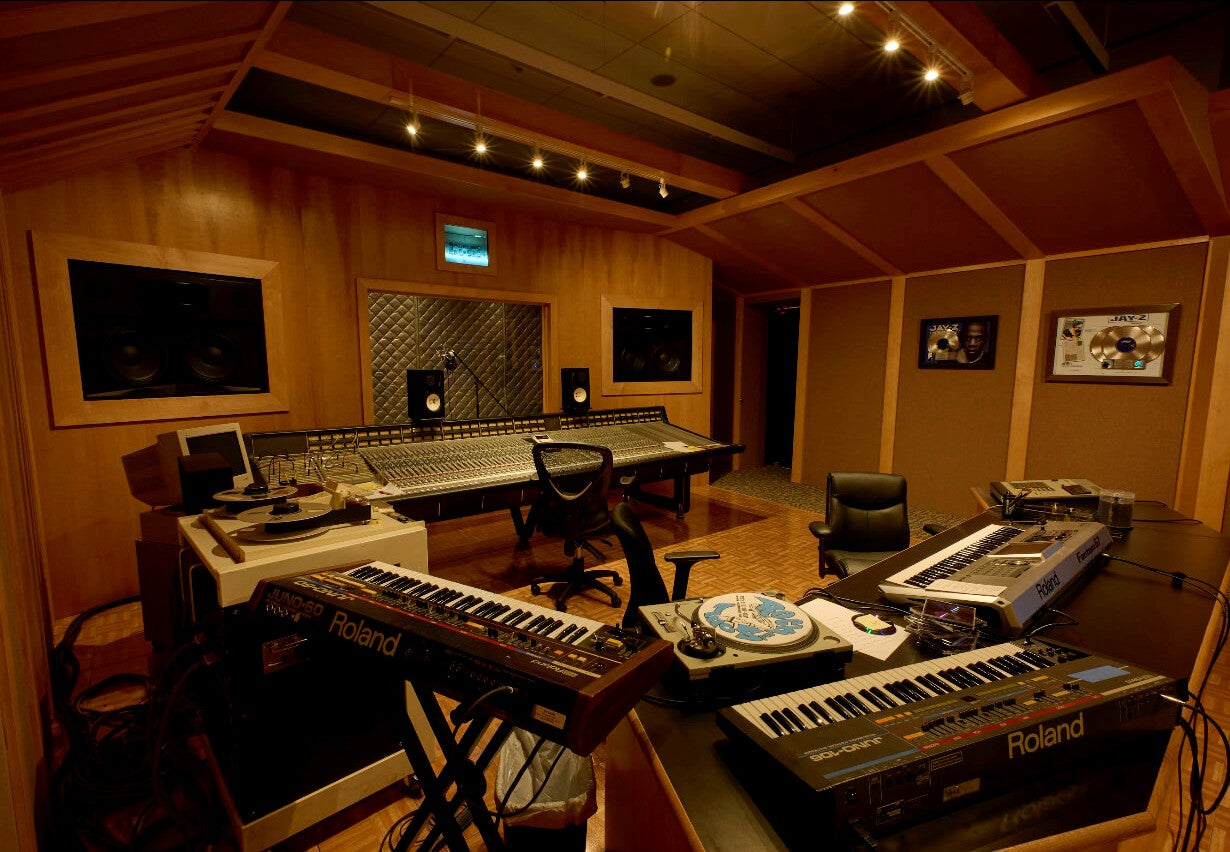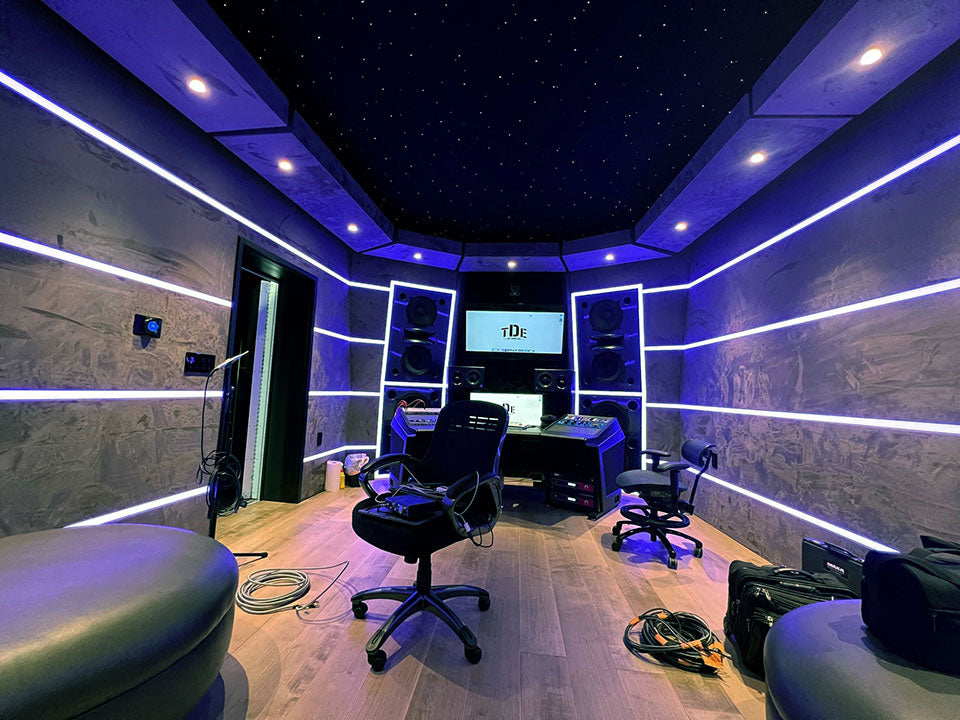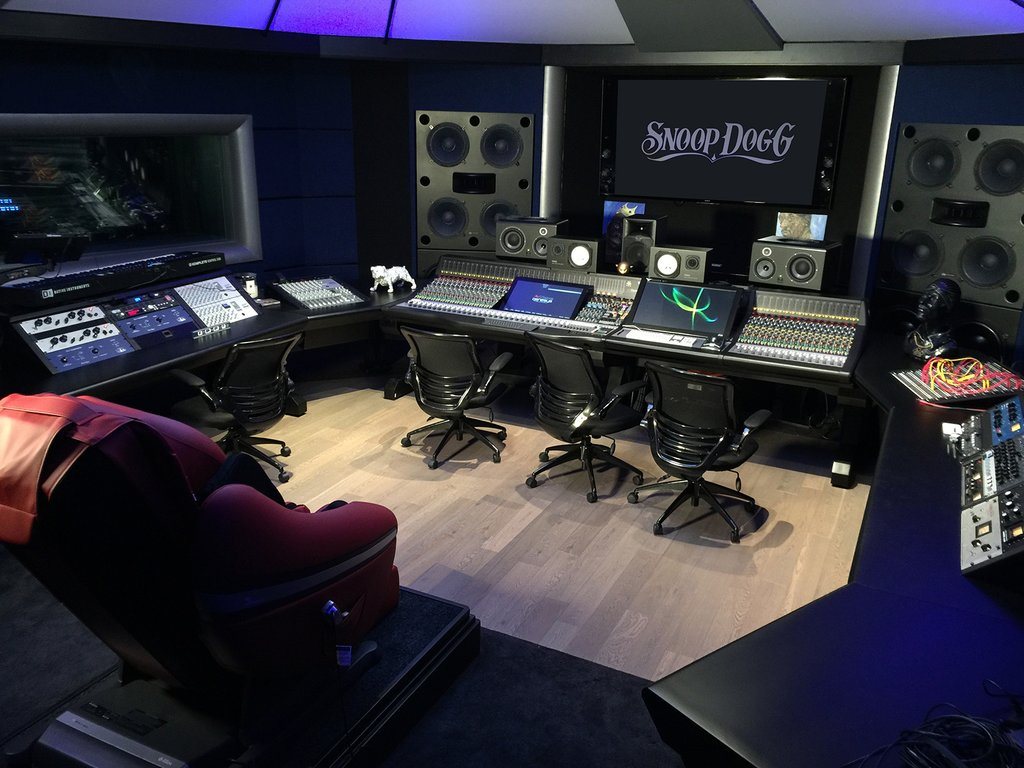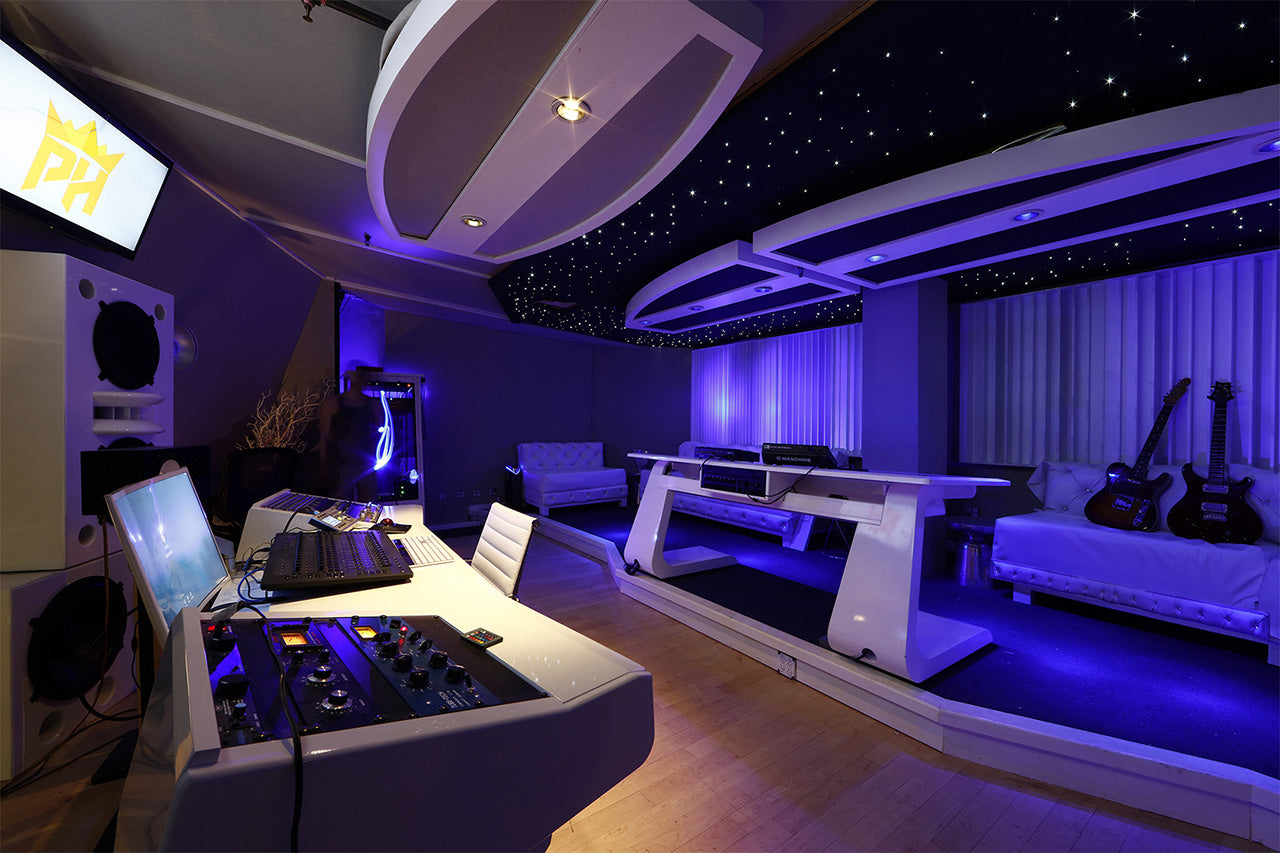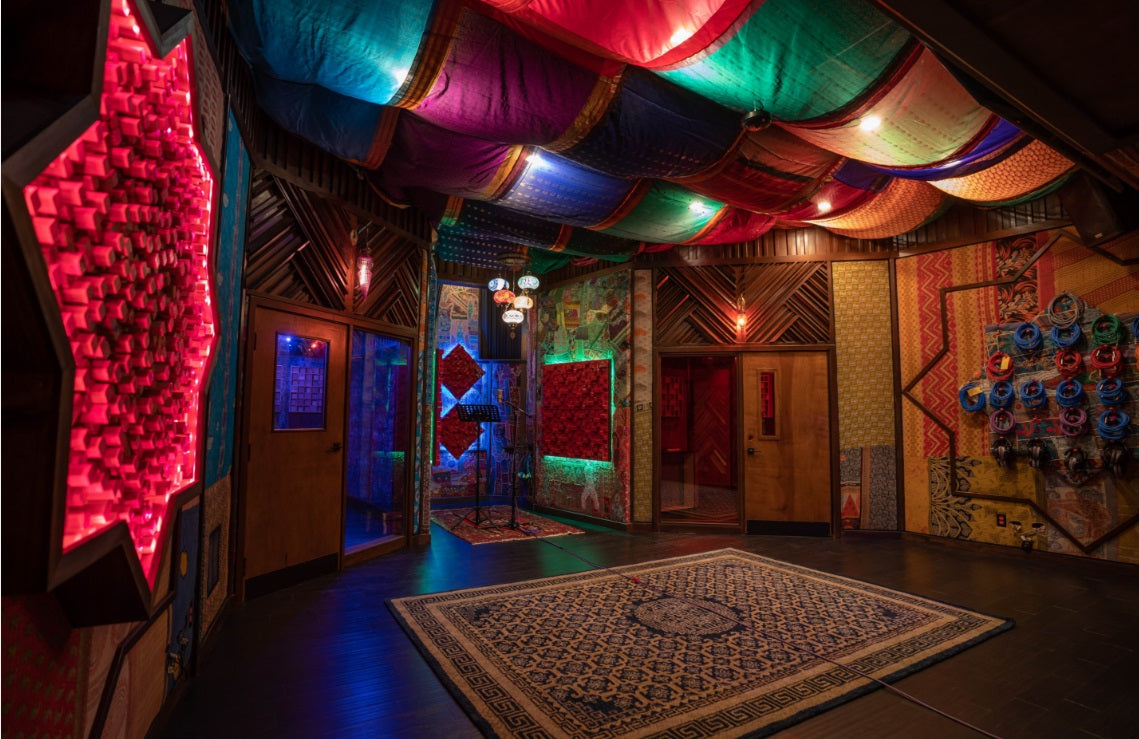The Universal Audio 1176LN is iconic FET compressor with class A output and custom transformers, featuring an ultra-fast attack time and a signature sound that helped define the sound of popular music.
There are two essential compressors in the recording industry that between them, can handle any tracking and mixing tasks you throw at them, and both with an iconic sound. One is the Universal Audio 1176LN, the other the Teletronix LA-2A (also from Universal Audio), but we’re here to talk about the 1176LN, the first solid-state FET compressor, which became an industry standard in 1968 and has remained so to this day. What set the 1176LN apart was its ultra-fast attack time and unique sound that it imparted to vocals and instruments. The 1176LN Classic Limiting Amplifier is a modern reproduction that remains faithful to UA founder Bill Putnam Sr.’s visionary design, that is inexorably linked to the sound of artists, such as Michael Jackson, The Rolling Stones, Led Zeppelin, and many more. Of course, what’s been done with the 1176LN is the past, and as such, the important question is what you plan to do with yours.
Universal Audio 1176LN—Just the Facts:
- True to the original in design, manufacturing, and performance
- Modeled after 1176LN, blackface, D, and E revisions
- Ultra fast attack time -20 microseconds to 800 microseconds
- Class-A, line-level output amplifier
- Track and mix with the legendary FET-style compressor with custom-made class A output transformers
- Record your tracks through vintage UA, "handmade in the USA," circuits
- Harness ultra-fast attack time on bass, guitars, vocals, and more
- Add color, character, and vibe to signals without using compression (just by running signal through it)
- Stereo interconnect operation
- Hand-built in USA; backed by 1-year limited warranty
Universal Audio 1176LN—On the Bench
The original UA 1176LN was a major breakthrough in limiter technology. It was the first true peak limiter with all-discrete transistor circuitry, offering superior performance with a signature sound, setting the standard for all limiters to follow. The ultra-fast attack time and trademark sound have lured legendary artists and studio moguls alike to the 1176LN on a list that’s continued to grow for nearly 50 years.
All-button mode
To recreate the sonics of the original 1176LN, a carefully trained staff hand-wires and tests each unit until it meets UA's uncompromising standards. This Universal Audio Classic version of the 1176LN captures all the nuance of the original through obsessive attention to detail and delivers that trademark sound, including the now famous all-button mode. Since the all-button mode had become a signature sound of the original 1176, UA studied the response to ensure that the new release has precisely the same characteristics, which is an increase in distortion with a plateaued slope and a lag time in response to initial transients.
PAD Fun Fact: Among the considerable lore surround the 1176LN is the “All-button mode,” otherwise known as “British mode,” which became a studio insider's trick. In its initial advertising the 1176 claimed its four push-buttons to select a fixed ratio of 4:1, 8:1, 12:1, or 20:1 could handle all possible applications. Naturally, someone had to see what happened if someone pressed all four buttons at the same time (usually an engineer's trick for knowing before the fact, just how much damage wandering fingers could do to bring a session screeching to a halt). Though not an intentional feature at first, all-button mode allowed the 1176 to produce a sound unlike any other compressor, including an explosive sound on snare and drum room mics, adding fuzz-like distortion to bass and guitars, or making a rock vocal aggressive enough to come front and center in a mix.
Rebirth of a legend
In 1999, when Bill Putnam, Jr. re-launched Universal Audio, a reproduction of the Blackface 1176LN was the company’s first product. Reissued in 2000, it was based on the circuit designs of the C, D, and E revs of the classic 1176. One of the most critical aspects of recreating the sound of the original hardware, was faithfully reproducing the original output transformer, complete with the additional windings that provided the feedback signal to the final line output amplifier circuit. Bill Putnam Jr. found extensive design notes that enabled him to recreate and improve his father’s original design.
Sound
So what does an 1176 “sound” like? The characteristic that most 1176 lovers agree on is that what comes out is better than what went in. There’s a brightness and presence, an “energy” imparted, according to Mike Clink from Guns ‘N’ Roses. Bruce Swedien used his 1176 on all the Michael Jackson vocals he recorded. Some even use the 1176 with the compression turned off, just for the distinctive tone it imparts. The amplifiers and transformers all by themselves give a desirable “hot” quality to anything passing through them. You can also gang two 1176LN's in stereo or dual mono* to create the classic New York-style parallel compression, used on countless hits to make drums larger than life.
*Requires the UA 1176-SA Stereo Adapter
How it works
The 1176 is a “feedback” compressor. The signal goes through the input stage, via the line input transformer, which has a big impact on the sound. From there, the signal is routed to the top of a FET, which is being used as a variable voltage resistor. Depending on the revision of the unit, the FET is either used to shunt some of the input signal to ground, or as the top leg of a voltage divider in parallel to the input of a pre-amplifier stage. The resistance between the Drain and Source leads of the FET will change in response to voltage applied to the Gate lead.
In the later revisions, the relationship between fixed resistances and the FET’s dynamic resistance affects the gain of the circuit. As the signal flows to the output stage, it is tapped and also sent to a sidechain detector circuit. This sidechain develops a Gate control voltage for the FET based on the dynamics and level of the input signal, as well as the front panel control settings.
PAD—For the Record: We mentioned that the 1176LN and LA-2A are the two most ubiquitous compressors in the industry, but what it not as widely known is that a secret of mixers is using them in series to treat vocals. This raises questions, such as why, and in which order? The goals, which are interconnected, is to divide the labor so that neither compressor has to work too hard, and to craft the vocal sound in accordance to production goals. Regarding the order in which you use them in series, let’s take the case of singer with a widely dynamic range. The fast-acting 1176LN is used to catch peaks that would otherwise overload converters, which implies that it might go first, unless you see it as a means to catch peaks that the slower response of the LA-2A might miss, in which case it would go second. The truth is, that either way works, but the order makes more sense in terms of the sound you’re going for. If you’re looking for a more aggressive sound, the 1176LN should go second, putting its edge on the thickening sound of the LA-2A. If you’re looking for a smoother sound, then the LA-2A should go second, with the 1176LN staying out of the way except for catching occasional peaks. If you’re still unsure about the order in which to use them, put the LA-2A first followed by the 1176LN. From there the choice of coloration is a matter of subtle tweaks to each compressor. If you want a more brutal and aggressive sound, say for hard rock, take the LA-2A out and replace it with a second 1176LN*.
What the pros say about the 1176LN Classic Limiting Amplifier
“I use my 1176 Limiting Amplifier on everything from bass to vocals to snare drums.” — Tony Maserati (Alicia Keys, Beyoncé, Jason Mraz)
“I never track bass without an LA-2A or drums without an 1176.” — Billy Bush (Garbage)
“We used an 1176LN to record 50 Cent’s vocals, and it sounded great!” — Adam Hawkins (Twenty One Pilots, Switchfoot, 50 Cent)
“There’s a very specific reason why pieces of gear like the 1176 and LA-2A became ubiquitous.” — Glenn Rosenstein (Ziggy Marley, U2)
The question is not why you should buy a Universal Audio 1176LN, the question is when, andwWhy not now? For more information, call or chat online with your PAD Studio Consultant.
Specifications
- Input Impedance: 600 ohm, bridges-T control (floating)
- Output Load Impedance: 600 ohm, floating, damping factor 20
- External Connections: Jones Barrier terminals and XLR connectors
- Frequency Response: ± 1 dB 20 Hz to 20kHz
- Gain: 50dB
- Distortion: Less than 0.5% total harmonic distortion from 50Hz to 15kHz with limiting
- Signal-to-Noise Ratio: Greater than 70dB at +10dBm
- Attack Time: 20 microseconds to 800 microseconds
- Release Time: 50 milliseconds to 1.1 seconds
- Stereo Interconnection: via 1176 SA Network accessory
- Meter: dB gain reduction and dB output
- Power Requirements: 120/240 V
- Environmental: Maximum operating temperature 160°F
- Dimensions: 19" rackmount chassis, 2U
- Weight (unboxed): 11 lb.



